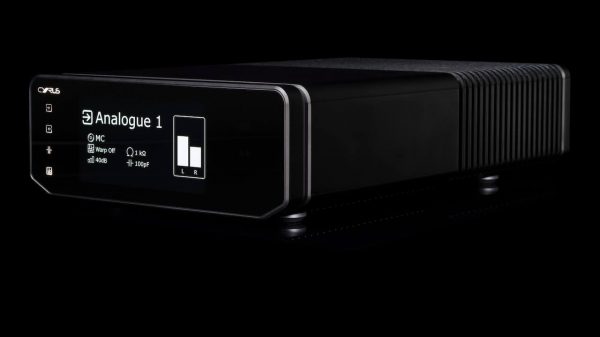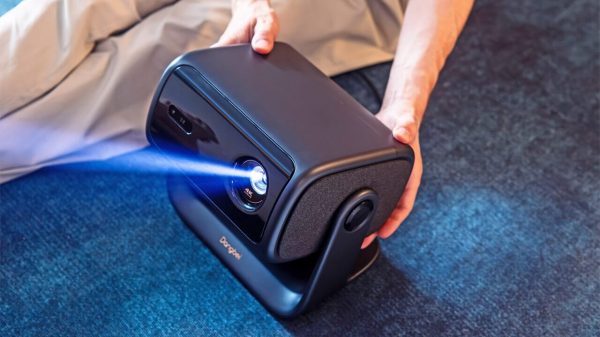As we all know, buying a car can be a trying experience. We also know that car salespeople can be a bit sneaky at times, telling you something is included when in actuality it isn’t, or perhaps not the way you were led to believe. What if you were to go through the several-hour trying ordeal of buying a car, believing you were getting an automatic transmission, only to get the car delivered and finding an extra pedal there on the lefthand side? The pedal turns out to be a clutch, and the car actually has a manual transmission. When you finally get the salesman on the phone, he defends himself with, “Well, when you press that clutch and shift, the transmission automatically changes gears.” You’d kind of look at the phone in disbelief and probably hang up on the guy.
Believe it or not, there is a similar situation today with defragmenters. There are a number of defragmenters on the market touted as “automatic”–including the one currently included in the Vista operating system. But when you actually open up one of these defragmenters, you realize you have to schedule it. In a similar way to the car, you might wonder why it was advertised as “automatic”, and if you were to inquire, a salesperson might tell you, “Well, after you take the time to schedule it, it runs automatically.” That’s as silly as a response as that of the car salesman; you have to figure out when you can run this defragmenter so it won’t impact performance while it’s running (increasingly difficult in this time of 24X7 operation), and you have to frequently analyze systems to see if the defragmenter is running often enough and if it’s doing its job.
The American Heritage Dictionary defines “automatic” as “having the capability of starting, operating, moving, etc., independently.” Since these defragmenters advertised as “automatic” obviously don’t do that, let’s take a look at what automatic defragmentation would actually consist of. It takes minutes to set up, and once started, it handles defragmentation invisibly and consistently from that point forward. Since it uses otherwise idle resources, it has no negative performance impact while defragmenting and hence requires no scheduling. In other words, it is really and truly automatic; you never have to worry about defragmentation again.
In addition to the valuable IT time it takes to schedule these “solutions”, scheduled defragmentation has other problems. In between the scheduled runs when defragmentation is not occurring, today’s frantic fragmentation continues to occur and to impact performance. And in some cases–as with very large drives–fragmentation may not be occurring at all even during the scheduled runs.
The moral: when obtaining a defragmenter, make sure that “automatic” really means what it says. If it has to be scheduled, it isn’t automatic.























